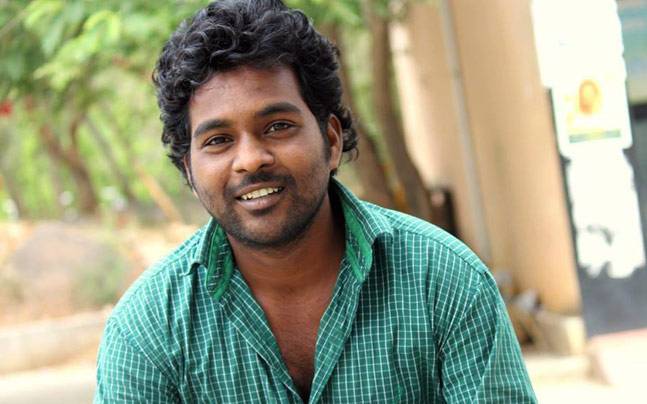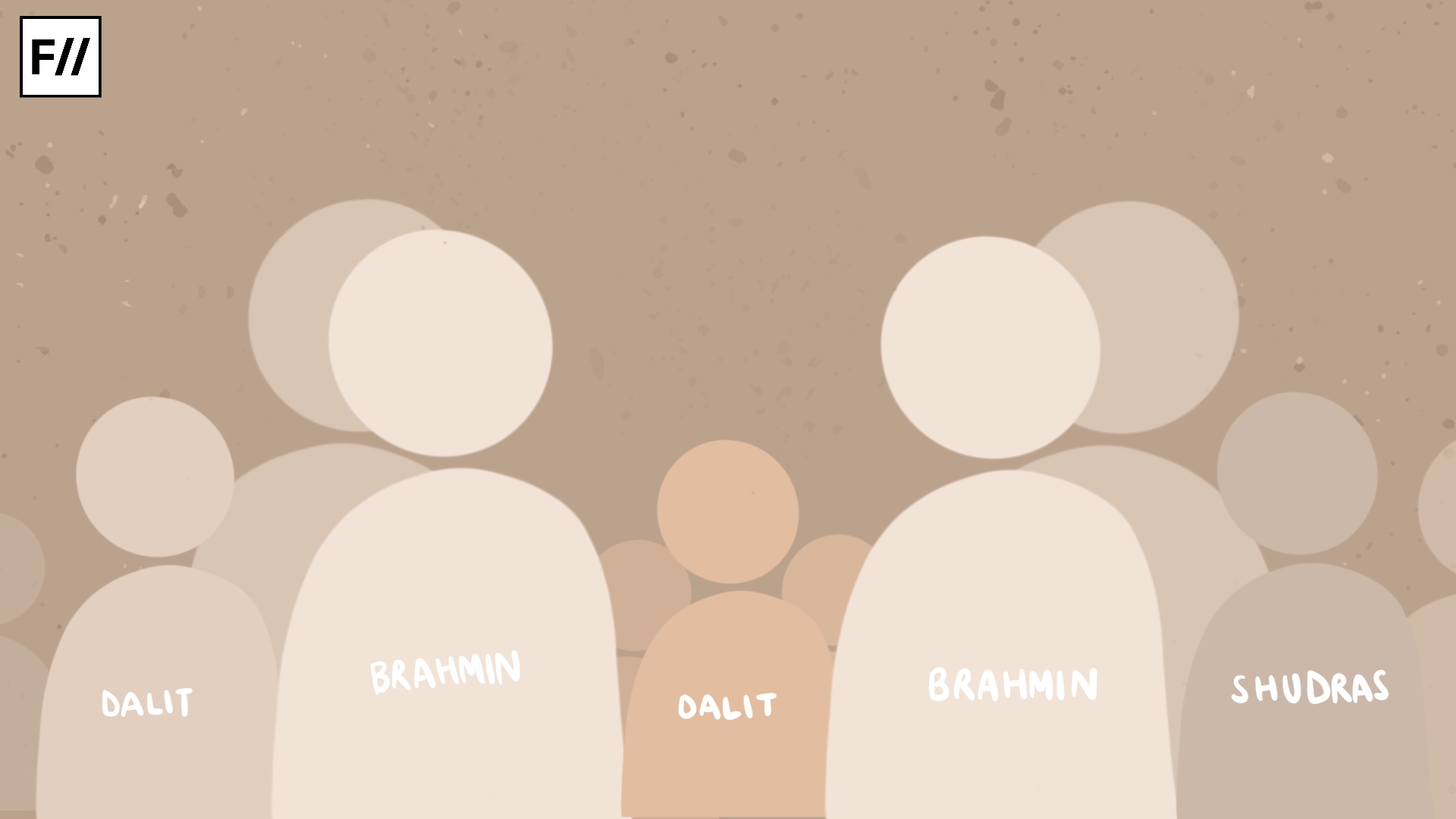The whole country shook in 2016, when Rohith Vemula, a brilliant PhD scholar was institutionally murdered for standing up against the casteism of the Chancellor of the University of Hyderabad. Rohith Vemula, a Dalit student and a PhD candidate, had been suspended along with four others after a complaint by the local unit of the Akhil Bharatiya Vidyarthi Parishad (ABVP), the student wing of the BJP.
He was constantly questioned on his caste, and his abilities were never trusted with because it was assumed that he was not ‘meritorious’, something that Savarna discourse still doesn’t address.
Unfortunately, due to systemic injustice and institutionalised bigotry, Rohith Vemula wasn’t the first person to be institutionally murdered, hundreds were before him, and after him there were several. Yet there’ll always be a time pre-Rohith Vemula and post-Rohith Vemula in memory, because his funeral brought the casteism in campuses into mainstream media. His death had caused protests and outrage across India.
Yet there’ll always be a time pre-Rohith Vemula and post-Rohith Vemula in memory, because his funeral brought the casteism in campuses into mainstream media
His suicide note said:
“The value of a man was reduced to his immediate identity and nearest possibility. To a vote. To a number. To a thing. Never was a man treated as a mind. As a glorious thing made up of star dust. In every field, in studies, in streets, in politics, and in dying and living.”
Post Rohith Vemula: Has anything changed?
Even after his death, there hasn’t been much change.
Even in the University of Hyderabad, where the gruesome incident unfurled, the Vice Chancellor, Appa Rao Podile is still in office.
In December, a month before his suicide, Rohith wrote to the Vice Chancellor of the University of Hyderabad, asking him to give poison or ‘a nice rope’ to Dalit students. In the letter, he identified himself repeatedly as a member of ‘(the) Dalit self-respect movement’ and suggested the persecution on campus for ‘students like me’ was so widespread that the campus should facilitate euthanasia.
“I haven’t seen a drastic change in anyone’s attitude towards caste or caste-based discrimination. No workshops or sensitisation programmes have been conducted,” said a student
“I haven’t seen a drastic change in anyone’s attitude towards caste or caste-based discrimination. No workshops or sensitisation programmes have been conducted,” said a student to The Print.
We still see various incidents of institutional casteism. The unfortunate thing is that an issue like this is only brought to the forefront when a victim of institutional casteism dies, which is very upsetting.
Rohith Vemula was murdered at University of Hyderabad, Dr. Payal Tadvi faced somewhat similar abuse at her Mumbai medical college while nineteen-year-old Fathima became the latest victim of this string of institutional murders.
Even after graduation from prestigious educational institutions, Dalit students often come from severe poverty, face prejudice on campuses and experience job discrimination. Such individuals’ ability is always questioned because of their caste despite their success.
Even after graduation from prestigious educational institutions, Dalit students often come from severe poverty, face prejudice on campuses and experience job discrimination. Such individuals’ ability is always questioned because of their caste despite their success.
Not long ago the brahmanical faculty at IIT Kanpur held a PhD award from a scientist who happened to belong to the scheduled caste community, accusing the scholar of plagiarism, when everyone knew the senior scholar’s track record as brilliant. His father passed away thinking about the same thing that his son may not be getting his hard earned PhD.
Lessons on disparities in castes start early. In Tirunelveli schools about 400 miles south of Tamil Nadu capital, primary school children wear coloured wrist bands to signify their castes (Janardhanan).
The ‘merit’ claim has always been forced down the throats of those who supported reservations or affirmative action whenever the marginalised have lifted their voices against questions of equal opportunities in education. The ‘merit’ vouched for by the established order, died along with S Anitha, a student who scored 98 percent (1,176 marks out of 1,200) in her plus two examinations. Anitha, a Dalit, was the daughter of a daily wages manual labourer and had hoped to become an MBBS practitioner. She was also one of the petitioners who moved the courts to scrap National Eligibility cum Entrance Test (NEET) which was deemed pro-urban, pro-coaching and discriminatory towards the Central Board candidates.
A student from Tirupur committed suicide in May 2019, barely hours after the NEET results were announced. S Ritusree, who was only 17 years old, committed suicide by hanging in her room, and was declared dead at the hospital. She had scored 98 per cent in her 12th board exams. It came two years after the suicide committed by S Anitha.
Discrimination based on caste impacts students even at India’s flagship medical school, All India Institute of Medical Sciences (AIIMS). In 2006, the allegations of caste-based violence against oppressed AIIMS students were investigated by a government Committee. Some of their results include teachers deliberately ignoring students because of their caste background, examiners asking students about their caste, students from the upper caste pressuring students from the lower caste to transfer to different hostels. Most Dalit students entering higher education institutions are usually learners of the first generation, coming from poor families and often struggling to fit in.
Most Dalit students entering higher education institutions are usually learners of the first generation, coming from poor families and often struggling to fit in.
Dr. Payal Tadvi, a junior doctor who committed suicide after caste-based harassment, had been denied compulsory medical leave. Despite the terms, accused physician Bhakti Mehare refused Tadvi’s leave and taunted her with caste based insults for trying to avoid duties. She has blamed her seniors Hema Ahuja, Bhakti Mahare and Ankita Khandelwal in a note retrieved from Tadvi’s phone. Seven months before this, she had confided to a friend that three college seniors bullied her, subjecting her to casteist slurs and other forms of caste violence. Tadvi’s experience of bullying, humiliation and abuse would culminate in her being institutionally murdered in her hostel room at her college. She was a member of the Muslim community of Tadvi Bhil, a Scheduled Tribe, and would have been the first doctor from her community in 80 years, lost to institutional casteism.
She was a member of the Muslim community of Tadvi Bhil, a Scheduled Tribe, and would have been the first doctor from her community in 80 years, lost to Institutional Casteism.
Fathima Lateef, 19, was a bright student. A humanities program undergraduate at IIT Madras, she was murdered institutionally as a result of harassment. Twenty-five people, including professors and students of IIT Madras, are on the inquiry radar of the police. “Harassment and caste discrimination had forced my daughter Fathima to take the extreme step,” Fathima’s mother had said after the suicide.
These institutional murders represent the problem with casteism in institutions in that despite reservation ensuring reserved seats for the marginalized, society still is not equal.
Can the HRD ministry answer as to what it did to the investigation in the murder of Rohith Vemula? What happened in the case of Dr. Payal Tadvi? Which happened to the disappearance of Najeeb? And what is the latest update in solving Fathima Latheef’s murder? These are structural issues, and they must be taken seriously. If our institutions become killing fields of scholars from Dalit, Adivasi and Muslim communities then it’s time to look at their hierarchy seriously. Are there teachers in these institutions from these sections? Are there ample students in these sections? Is there appropriate percentage of representation from their communities? If not, then why? There are absolutely no redressal mechanisms to anyone facing institutional casteism.
But despite the outpouring of sympathy for Rohith, the mainstream narrative shows no support for the movement, media still uses the words ‘suicide’ and not ‘institutional murder’. There is no joint call for action to address the issue at hand other than omnipresent solidarity. Ignorant savarnas continue to throw around terms like caste-blind, acting as though the lives and struggles of Dalit people are research proposals for them to dissect and discuss.
Dalit-Bahujan-Adivasi-Muslim students stay outside a particular domain or are unable to join other classes; they are able to enter the Brahmanic groups, such as societies and student associations, they are alienated, discouraged and driven to suicide. Many of us, even those who are well-meaning, are waiting for a murder to show our outrage and anger, no matter how ridiculous and futile it is then. Yet caste is around us, in everyday life. It is up to the rest of the student body to rise in indignation as Dalit students are humiliated in class, made to sit apart, failed in exams, ridiculed in interviews and their spirits shattered; institutional casteism must be addressed properly.
Rohith did not stick by what was expected of him by brahminical notions: he was a Dalit but refused to be a victim.
Rohith was beyond his caste. He was an educated and strongly expressive student leader who was prominent and conscientious of various social injustices. He was a talented academic, gaining entry to a prestigious graduate science program and a highly competitive fellowship for national research. Rohith was admitted by general admissions and not by reserved seat. Politically and socially conscious, Rohith did not stick by what was expected of him by brahminical notions: he was Dalit but refused to be a victim.
About the author(s)
Suchitra is an independent journalist who loves to write on social justice- specifically gender justice. Poetry, music, politically correct humour and smashing Brahminical patriarchy are her major interests.




